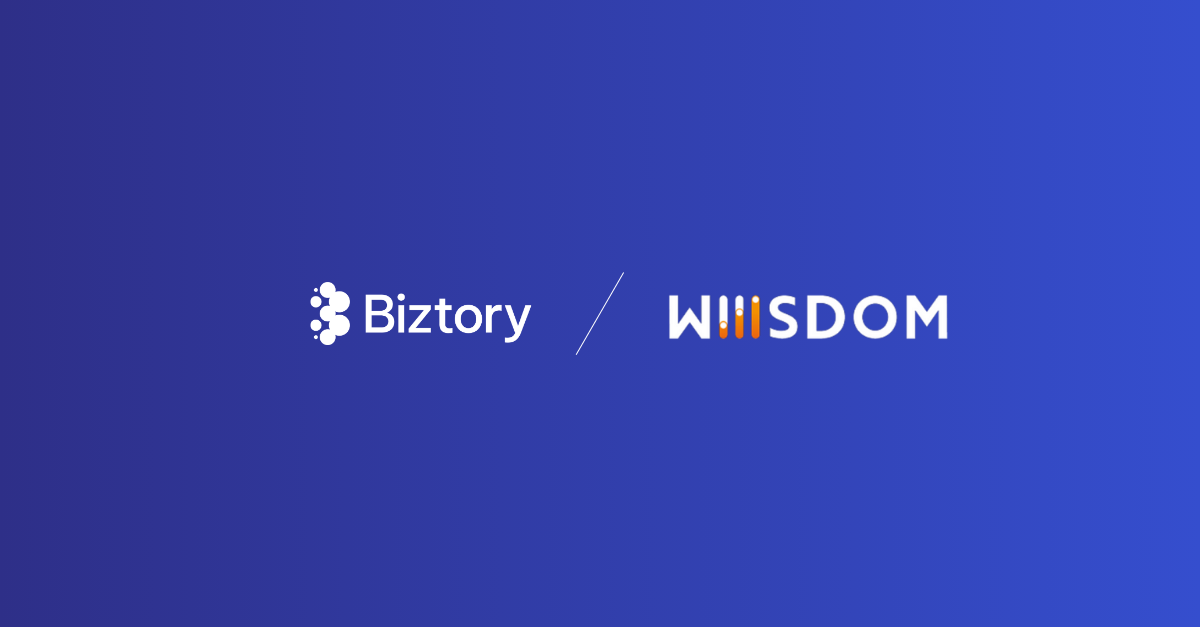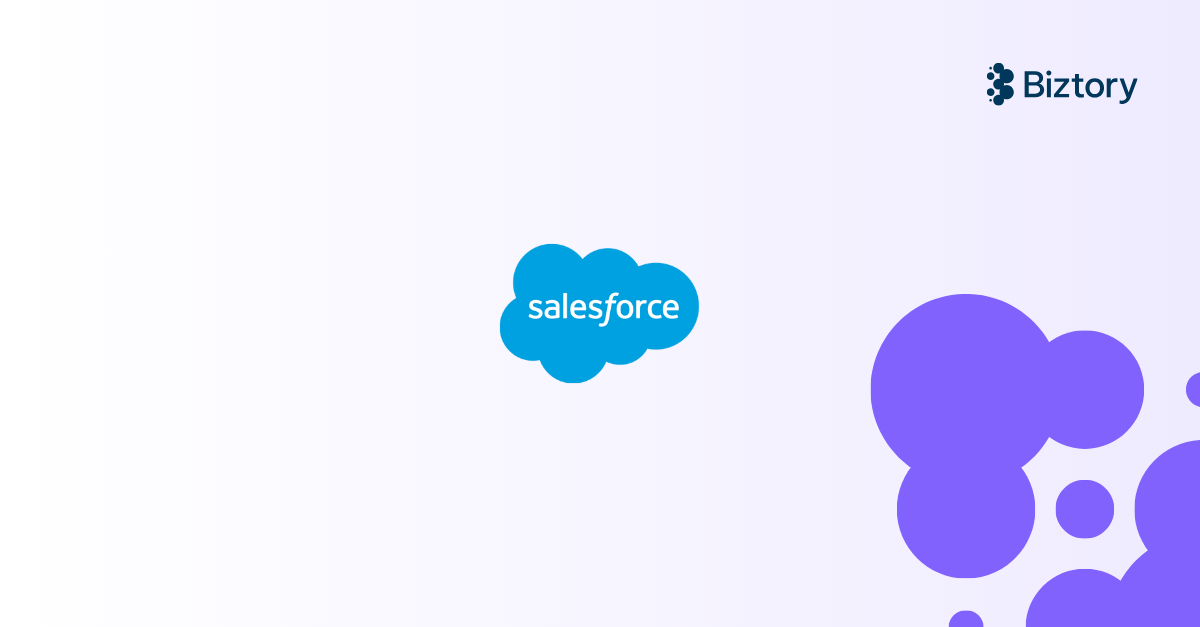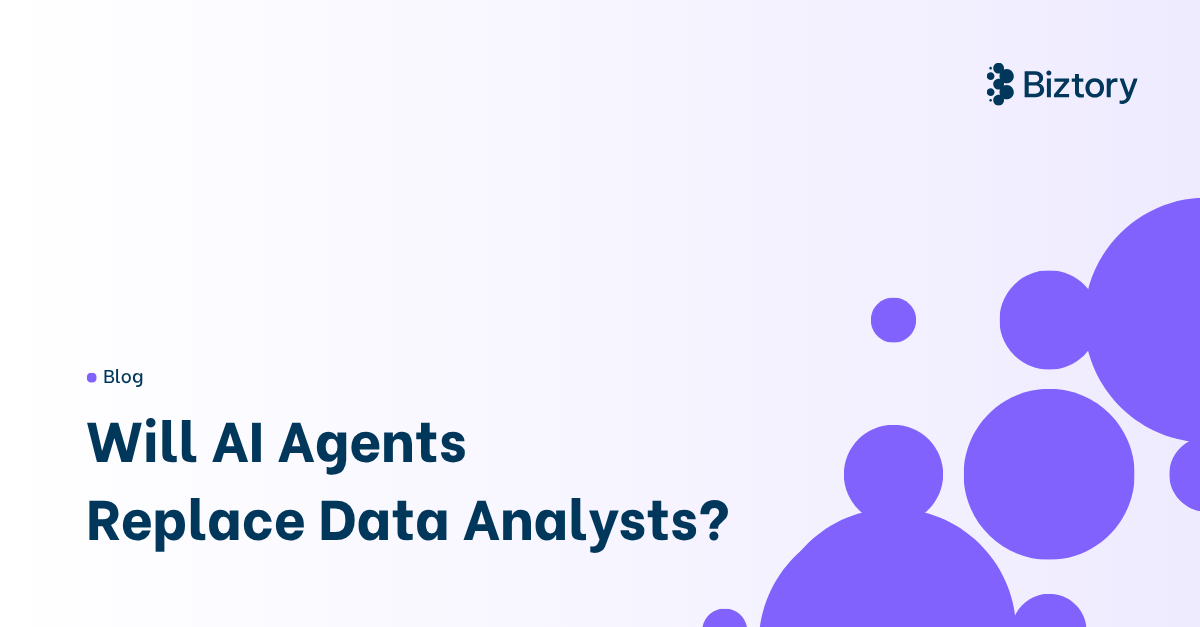What is data governance and how is it different from data management?
Data governance refers to the processes, standards and policies put in place by organisations to ensure the proper management and use of their data.
Key elements of data governance include defining who is responsible for what data, how data is managed across the business, how it’s accessed and distributed, and how it's used. Ultimately this is implemented with the aim ensuring appropriate access to reliable, consistent and secure data, while removing data silos.
The terms data governance and data management are often mistaken to mean the same thing, and while these processes are linked, there are distinct differences between the activities they involve and their ownership.
The main difference between data governance and data management, is that data governance involves establishing and enforcing rules around data quality, data security, data privacy, data sharing, and data usage, with the goal of ensuring data is managed in a way that supports business goals and objectives. In contrast to this, data management refers to the set of activities and processes involved in the collection, storage, processing, and use of data throughout its lifecycle, such as data acquisition, data processing, data quality management, data storage, and data analysis.
So, while data governance is focused on the strategic aspects of managing data and the policies to support this, data management is focused more on the technical and operational aspects of managing data as part of the day-to-day.

The core elements of successful data governance
According to Tableau and Snowflake, there are some key elements to be considered when implementing data governance. While specifics may vary from business to business depending on the organisation's needs, these are some commonly recognised aspects which will support a successful data governance initiative.
Data quality
When it comes to the data lifecycle of your business, moving from ingestion, to processing, to analysis, low quality inputs will result in low quality output. Looking at how data is acquired, processed and stored across the business is the best way to ensure high quality data which is accurate, complete, reliable, and relevant at all times. However, ensuring high quality data is achieved close to the point of ingestion will have the greatest impact overall.
Data source management
Data source management is a key aspect of data governance, which refers to the process of identifying, categorising, and managing the various sources of data that an organisation uses, and ensuring it is accurate and up-to-date. This may involve implementing data quality controls and validation processes, as well as ensuring that data sources are properly integrated.
Data architecture
Legacy data architectures made up of siloed systems, disconnected data sources and unreliable data processing measures, make data governance initiatives impossible to implement. Building a streamlined and connected data architecture will be vital in breaking down data silos, promoting a data driven culture, and establishing and successfully applying a clear data governance framework.
Data security and compliance
While democratising data and empowering teams with insights is a core aspect of building a data culture, ensuring the right data is in the right hands is also key. Establishing clear data security guidelines helps to ensure data is only visible to appropriate groups or individuals. This will also help to prevent unauthorised access, modification, or deletion and ensure any legal and regulatory standards are met in terms of data processing.
Data stewardship
While it’s important that data governance initiatives are an organisation-wide effort, establishing data stewards assigns accountability for data ownership, quality, and security and helps ensure the project stays on course. While data stewards play an important role in the early implementation stages, the monitoring, measuring and reporting they are responsible for also play a valuable part in the ongoing development of effective data policies and processes.
Transparency
Without internal buy-in, data governance initiatives will inevitably fail. In order to communicate progress, value, and to build confidence in new processes put in place, communication and transparency is key. While a lot of responsibility sits with data stewards, they should clearly communicate reasoning behind processes and any decisions made to ensure all stakeholders understand and support the project throughout.
Why is data governance important?
Without data governance in place, ensuring consistent data management at an organisational level becomes extremely difficult.
This creates a larger opportunity for inaccuracies, errors and inconsistencies in data to occur which will degrade the overall quality of business data over time as well as the quality of reporting. Put simply, a lack of data governance can unravel valuable data management work already completed, as this provides a layer of accountability to prevent these issues arising.
Another invaluable reason data governance is important, is the clarity about legal and regulatory compliance it can offer. If businesses do not strictly follow the data privacy and processing laws which apply to them, as well as any data regulations specific to their industry, this can have significant legal and financial implications. Ensuring consistent data management and data security practices can support organisations in complying with these regulations and prevent legal issues in the future, while also helping to prevent costly data breaches and data loss.

The benefits of data governance
An effective data governance framework can have significant financial and operational value for a business, ranging from benefits seen by teams and stakeholders day-to-day, to longer term business benefits which can all help to drive the organisation forward.
Everyday value offered by data governance:
- Improved data quality throughout the data lifecycle
- Reduced operational costs of data processing and storage
- Improved accuracy and reliability of reporting
- Reduced time to insight across teams
- Improved customer experience from leveraging complete business information
- Reduced risk of data breaches and data loss
Long term value offered by data governance:
- Improved data driven decision making, supported by reliable datasets
- Improved agility within a competitive market, from reduced time to insight
- Improved data security and compliance through robust policy
- Improved collaboration, empowering teams to drive revenue with data
- Improved adoption of efforts to build a culture of data
How to implement and manage a data governance initiative
While this can be a complex and challenging process, following a structured approach can help to ensure success to establish data governance at a strategic level.
- Set and enforce standards for data and metadata throughout your data pipeline
- Define the business goals of data governance to guide decision making
- Catalogue data assets and individual sources to ensure all data is accounted for
- Identify key stakeholders and define their roles and responsibilities for the project
- Communicate value and ensure transparency to maintain stakeholder buyin
- Automate processes where possible to improve productivity and reduce opportunity for error
- Train and educate stakeholders and end users to ensure ongoing support and adoption
- Establish and monitor key metrics and KPIs to continuously improve and refine governance policy and procedure over time
The challenges of data governance
Implementing effective data governance can be challenging, and organisations may face several hurdles along the way. Here are some of the most common challenges businesses may face:
- Lack of internal buy-in at all levels - This is one of the major causes of project failure
- Lack of expertise in-house to effectively deliver on project goals
- Disconnected data architectures
- Lack of transparency and communication will prevent progress, especially if stakeholders are resistant to change
- Lack of ownership and accountability for new process put in place
- Limited investment of time and resources to effectively deliver the project on time and on budget

Who is responsible for data governance?
Establishing data governance requires a strategic approach and a lot of cross-team collaboration. This means that there will be a number of stakeholders and team members with key roles and responsibilities throughout implementation.
When it comes to overseeing the project and ensuring its overall success, there should be a senior or C-suite executive responsible for this. This will help secure internal buy-in and provide a senior level of decision making for the project. If a business has a Chief Data Officer (CDO) in place, this will typically be their responsibility.
In order to effectively manage day-to-day operations of the project, assigning the role of Data Governance Manager is an effective way to keep everything on track. While this can also be picked up by the Chief Data Officer, this role helps to spread resource and responsibility across the team, and allows the CDO to focus on the big-picture view of the project, while the Data Governance Manager focuses on the shorter term progress and deliverables which contribute to this.
Establishing a Data Governance Committee, formed of data owners from across the business, offers a democratic way to ensure new policy and procedures are developed and implemented in a way which solves for all stakeholders and end users. Having this group in place also creates an opportunity to resolve any issues raised while having a full-picture view of implications.
Data Stewards are the key to the ongoing success of a data governance initiative. Whether these team members are solely focussed on this role, or it is assigned as an additional responsibility of an existing team, data stewards are responsible for ensuring the approved processes are adhered to and data is managed inline with the established framework. They will also be responsible for the ongoing monitoring and refinement of processes based on how close they are to the data and the project itself.
Get started on your journey to implement effective data governance
Give your users the access they want, with the control you need.
Our expert team help you with your data lineage, security and definitions to keep your data fresh and consistent. Get in touch to discover how we can support you on your journey to high quality data insights.




